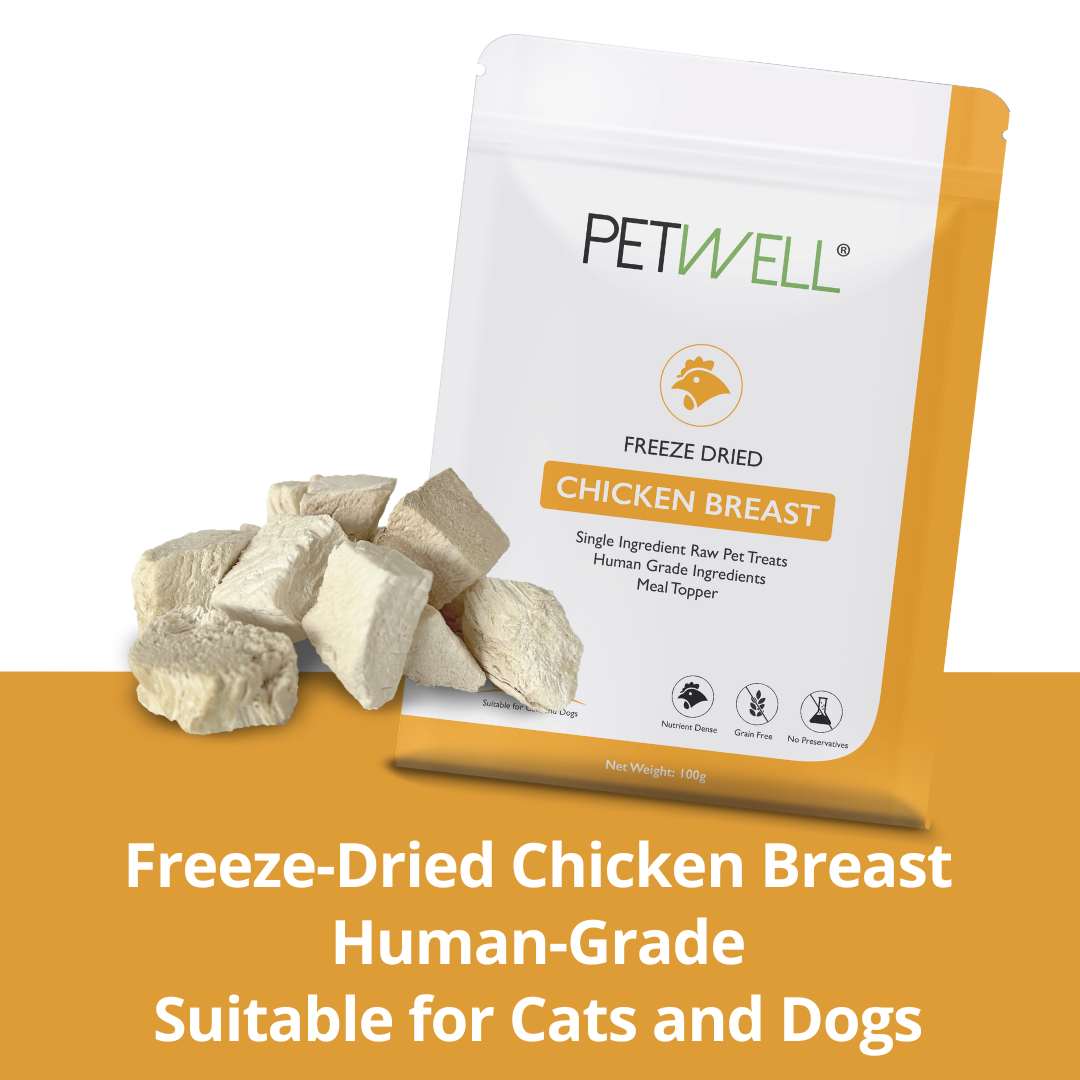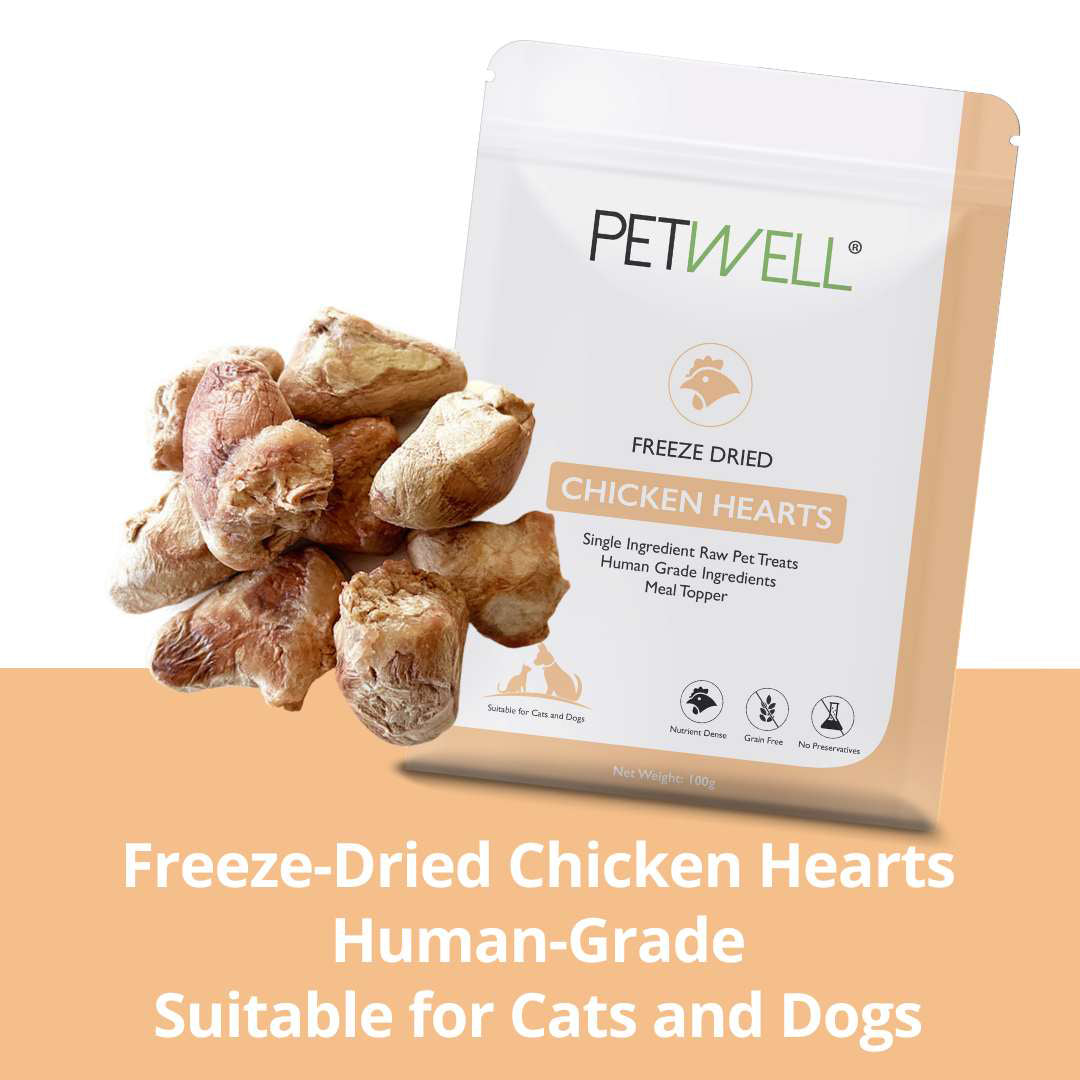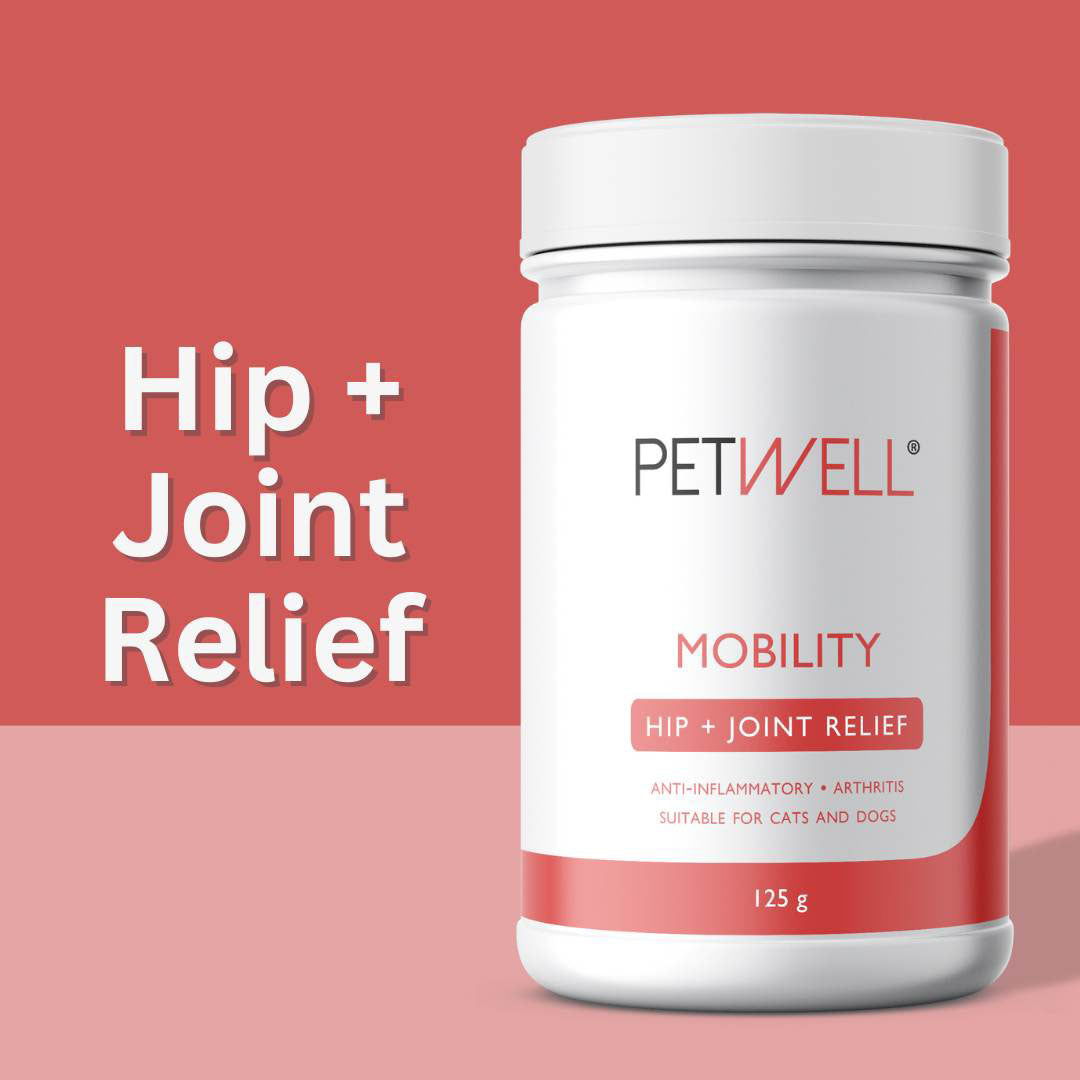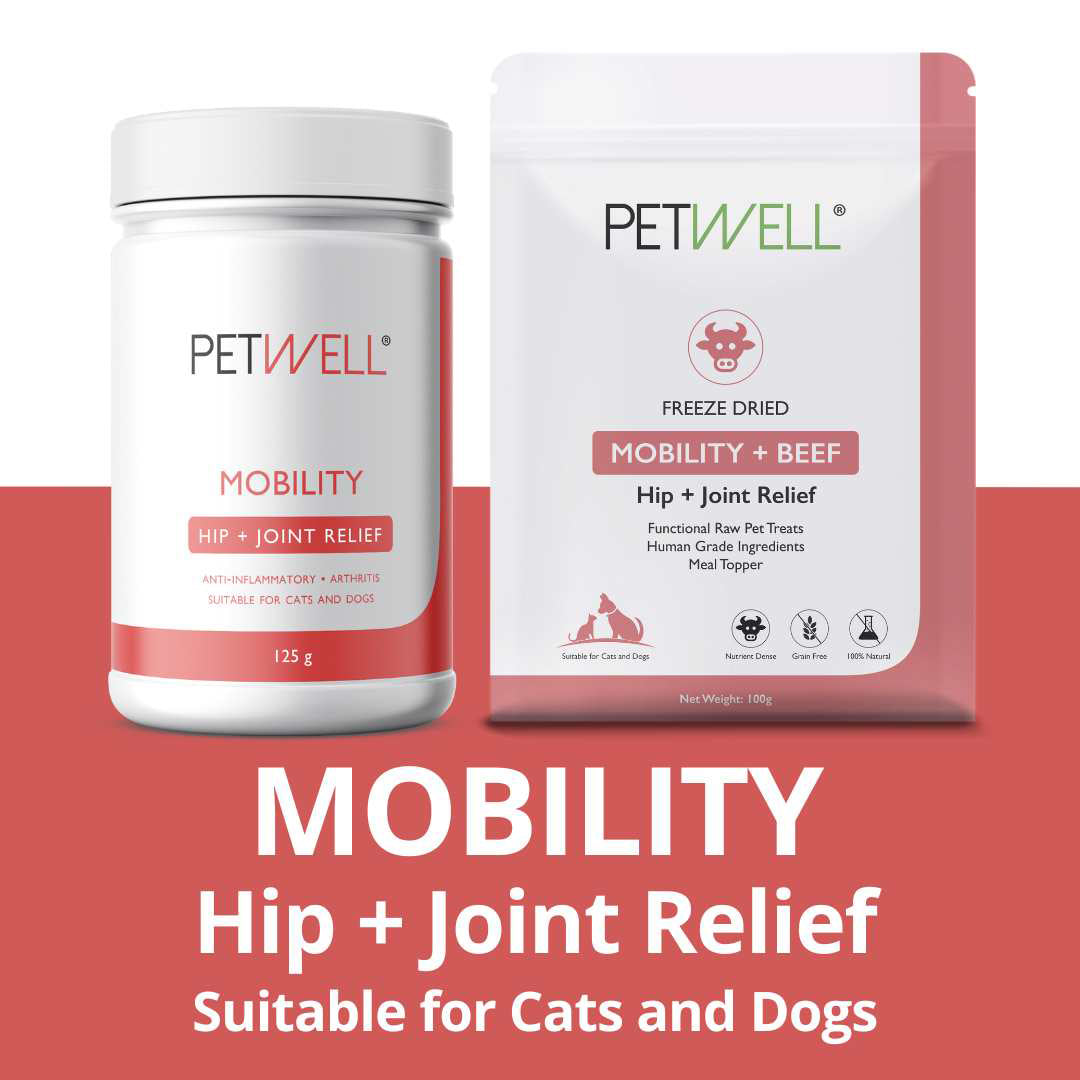In this blog, we will explore canine cancer statistics including the prevalence and trends of canine cancer. We shed light on this important issue and help you better understand the risks plus preventive measures you can take to protect your fur family.
Understanding Canine Cancer
Cancer is the uncontrolled growth of abnormal cells in the body, leading to the formation of tumours or masses. In dogs, cancer can manifest in various forms, including skin cancer, bone cancer, lymphoma, and many others. Understanding the prevalence and trends of canine cancer is crucial for early detection and treatment.
Canine Cancer Statistics
Prevalence
The incidence of canine cancer has been steadily increasing over the past few decades. In the United States, it's estimated that 1 in 4 dogs will develop cancer during their lifetime.
Common Types
Lymphoma, which affects the lymphatic system, accounts for approximately 20-25% of all canine cancers.
Mast Cell Tumours
These account for about 20% of all skin tumours in dogs and are one of the most common forms of skin cancer in canines.
It's estimated that 1 in 4 dogs will develop cancer during their lifetime. |
Osteosarcoma
This is the most common type of bone cancer in dogs. Typically affecting larger breeds, it represents around 5-7% of all canine cancers.
Breast Cancer (Mammary Tumours)
This is prevalent, especially in un-spayed female dogs, with about 50% of mammary tumours being malignant.
Hemangiosarcoma
A highly aggressive cancer of the blood vessels, it primarily affects older dogs and is often discovered in the spleen or heart.
Breed-Specific Statistics

Golden Retrievers
Golden Retrievers have been identified as a breed with a higher risk of developing lymphoma, a cancer of the lymphatic system. The lifetime risk is estimated to be around 1 in 8 for Golden Retrievers. However, it's important to note that this risk can vary based on factors like genetics, environmental factors, and the dog's overall health.
Boxers
Boxers are more prone to mast cell tumours, a type of skin cancer. The estimated risk of 1 in 5 means that approximately one in every five Boxers may develop a mast cell tumour at some point in their life.
Rottweilers and Greyhounds
Osteosarcoma is a type of bone cancer, and Rottweilers and Greyhounds are among the breeds with a higher susceptibility to this disease. It's important to remember that these statistics represent a breed's predisposition, but not every dog within these breeds will develop osteosarcoma.
Poodles
Poodles are at an increased risk of developing bladder cancer. The reasons for this predisposition are not entirely understood, but regular check-ups and screenings can help with early detection.
Beagles
Beagles are known to be prone to a variety of cancers, including lymphoma and melanoma. Their genetics and susceptibility to specific environmental factors may contribute to these risks.
German Shepherds
German Shepherds are at a higher risk of developing hemangiosarcoma, a cancer that affects blood vessels. This breed is also susceptible to other cancers like osteosarcoma and lymphoma.
Bulldogs
Bulldogs are prone to skin cancer, such as mast cell tumours. Their unique skin folds and wrinkles may create an environment where these tumours can develop more easily.
Age and Gender

-
Cancer is more common in older dogs, with about 50% of dogs over the age of 10 developing cancer at some point in their lives.
-
In general, male dogs have a slightly higher risk of developing cancer than females.
Canine Cancer Trends
Increasing Incidence
Over the years, there has been a noticeable increase in the incidence of canine cancer. This could be attributed to various factors, including better detection methods and increased lifespan of dogs due to advancements in veterinary care. In addition, the consumption of ultra-processed foods can contribute to an increased chance of canine cancer.
Environmental Factors
Some studies suggest that environmental factors, such as exposure to second-hand smoke, pesticides, and pollutants, may contribute to the rising cancer rates in dogs. Minimising these exposures can be beneficial.
Genetics
Genetics plays a significant role in a dog's predisposition to cancer. Research into the genetics of specific breeds is ongoing to better understand and address the issue.
It's important to note that these statistics are subject to change and may vary by region, so it's crucial to consult with your veterinarian for the most up-to-date information specific to your dog's breed and environment.
Preventive Measures

While it is impossible to prevent cancer entirely, there are steps you can take to reduce the risk and improve your dog's chances of early detection and successful treatment:
Regular Veterinary Check-ups
Routine visits to the veterinarian are akin to health check-ups for humans. These appointments are essential for early detection and intervention. Veterinarians can spot signs of illness or potential health issues before they become serious. Early detection often means more effective treatment and a higher chance of recovery, potentially saving lives.
Maintain a Healthy Diet
Feeding your dog a well-balanced and high-quality diet is like providing them with the best fuel for their bodies. A healthy diet boosts their overall well-being and supports a robust immune system. Avoiding ultra-processed foods such as kibble is critical, as these can be detrimental to their health. A nutritious diet can reduce the risk of cancer and other health issues.Read more on our Balanced food blog and 10 Cancer-Fighting Foods for Dogs
Exercise

Regular physical activity is essential for maintaining your dog at a healthy weight. Obesity is a significant risk factor for cancer. Exercise not only keeps your dog fit but also helps reduce their risk of various cancers. It's a fun way to keep them healthy and happy.
Limit Environmental Exposures
Protecting your dog from known environmental carcinogens is vital. This includes avoiding tobacco smoke and minimising exposure to pesticides and other harmful substances.
Breed-Specific Screenings
If your dog belongs to a breed with a higher cancer risk, it's essential to be proactive. Discussing breed-specific screenings and preventive measures with your veterinarian can help catch issues early. These screenings are tailored to your dog's breed and can provide valuable insights into their health.
Spaying/Neutering
Spaying or neutering your dog, particularly at the appropriate age, can reduce the risk of certain cancers. For females, spaying can lower the risk of mammary cancer, while neutering can reduce the risk of testicular and prostate cancer in males. Timing is crucial, so consult with your vet.
Strong Immune System
A strong immune system isn't just about fighting off colds. It also plays a vital role in preventing and managing cancer. A well-functioning immune system can identify and combat abnormal cells, including cancerous ones. PetWell's THRIVE - Immune Support supplement is a valuable tool in bolstering your dog's immune system and overall health.
By incorporating these practices into your dog's life, you can significantly reduce their risk of cancer and ensure a long, happy, and healthy life for your fur family.
PetWell's THRIVE - Immune Support supplement is a vital tool in bolstering your dog's immune system, which is essential in the fight against cancer. THRIVE's unique blend of all-natural, human-grade ingredients nourishes the immune system, enhancing its ability to recognise and combat threats effectively. This supplement also helps control inflammation and provides antioxidant protection.
Food and Canine Cancer
The link between ultra-processed foods and cancer in humans has been a topic of concern in recent years, and it's worth considering the potential impact of such foods on canine health as well. Studies show the remarkable similarities between canine and human cancers.
Indisputable facts: Ultra-processed foods are typically high in calories, sugar, unhealthy fats, and additives, and they are often low in essential nutrients. They are associated with several health issues, including obesity, diabetes, and certain types of cancer.
Here's how the consumption of such foods could potentially impact the health of dogs and their risk of developing cancer:
Obesity
Ultra-processed foods are often calorie-dense and can lead to weight gain in dogs, just as they can in humans. Obesity is a significant risk factor for various health problems, including cancer.
Inflammation
Many ultra-processed foods contain high levels of unhealthy fats and additives, which can contribute to chronic inflammation. Chronic inflammation has been linked to an increased risk of cancer.
Read more about 10 Anti-Inflammatory Foods for Your Pet
Gut Health
The additives and preservatives in ultra-processed foods can affect the gut microbiome, potentially impacting the dog's overall health and immune system. A healthy gut microbiome is associated with a lower cancer risk.
Nutrient Deficiency
Ultra-processed foods are often lacking in essential nutrients, which can compromise a dog's overall health. Proper nutrition is important for maintaining a strong immune system and reducing the risk of diseases, including cancer.
Read more about 10 Cancer-Fighting Foods for Dogs
Cancer is more common in older dogs, with about 50% of dogs over the age of 10 developing cancer at some point in their lives. |
To promote the best possible health for your dog, it's advisable to feed them a balanced, high-quality diet consisting of fresh and whole foods. Consult with a pet nutritionist for guidance on the most appropriate diet for your dog's breed, age, and specific health needs. This can go a long way in reducing the risk of health problems, including cancer.
Read for more Top Tips to Keep Your Dog Healthy
In Summary
Canine cancer is a significant concern for dog owners, and understanding canine cancer statistics - prevalence, and trends is essential for providing the best possible care for our fur family. By staying informed, following preventive measures, and seeking prompt veterinary care, we can increase our dogs' chances of living healthy, cancer-free lives.
Research and advancements in veterinary medicine are ongoing, offering hope for better treatments and outcomes in the future. Always consult with your veterinarian for personalised guidance on your dog's health and well-being.
The Science Behind It
Don’t just take our word for it, here are some evidence-based studies for you to review.
Estimating Canine Cancer Incidence
Genomic sequencing study of canine cancers reveals striking similarities to human cancers
Cancer Screening in Dogs – The Scientist
Disclaimer
The entire contents of this email and website are not to be taken as medical advice. PetWell encourages you to make your own pet healthcare decisions based on your research and in partnership with a qualified pet healthcare professional.



























